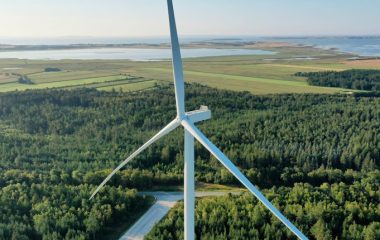
The government prepares a new decree about incentives for energy from renewable sources, which will be the base for the new support scheme, Delo newspaper’s portal reported.
According to the new rules, the energy-intensive industry shall pay EUR 10 million less for the support for renewables, while households and other businesses would contribute EUR 30 million more.
European Union’s guidelines allow for fees for energy-intensive industries, which tend to move production out of the trade block due to lack of competitiveness, to be dropped by 85% while the Slovenian infrastructure ministry proposes a cut down to a 70% discount, the report said.
The new scheme includes a 27% hike for households, on the other hand, meaning an average fee would rise from EUR 4.12 to 5.23 per bill on average, and the current mean power bill of EUR 53 shall rise by 2.5%. Slovenia is following the steps of Germany’s government, which set the renewables fee to 14% of the household bill, the report said.
An average fee would rise from EUR 4.12 to 5.23 per household bill on average.
Total electricity production within the support system increased by 4% in the first quarter compared to the same period last year, Slovenia’s electricity market operator Borzen published in a report. Support payments rose by 10% to EUR 35,58 million, value-added tax excluded.
The average support price in first quarter is always a little bit under average because of the seasonal component of photovoltaic facilities, the most expensive source in the scheme (renewables and high-efficiency combined heat and power) in the country on average, with underproduction in winter months.
At the end of March, the Slovenian feed-in support system included 3,837 power plants with a combined installed capacity of 420 MW. The total electricity production within the support system increased to 273 GWh.
In the period from January to March a total of 125 power plants entered the system. This includes both new entrants and facilities with a change in ownership or support type.
There were 85 new entrants, with a combined installed capacity of 8.4 MW.








